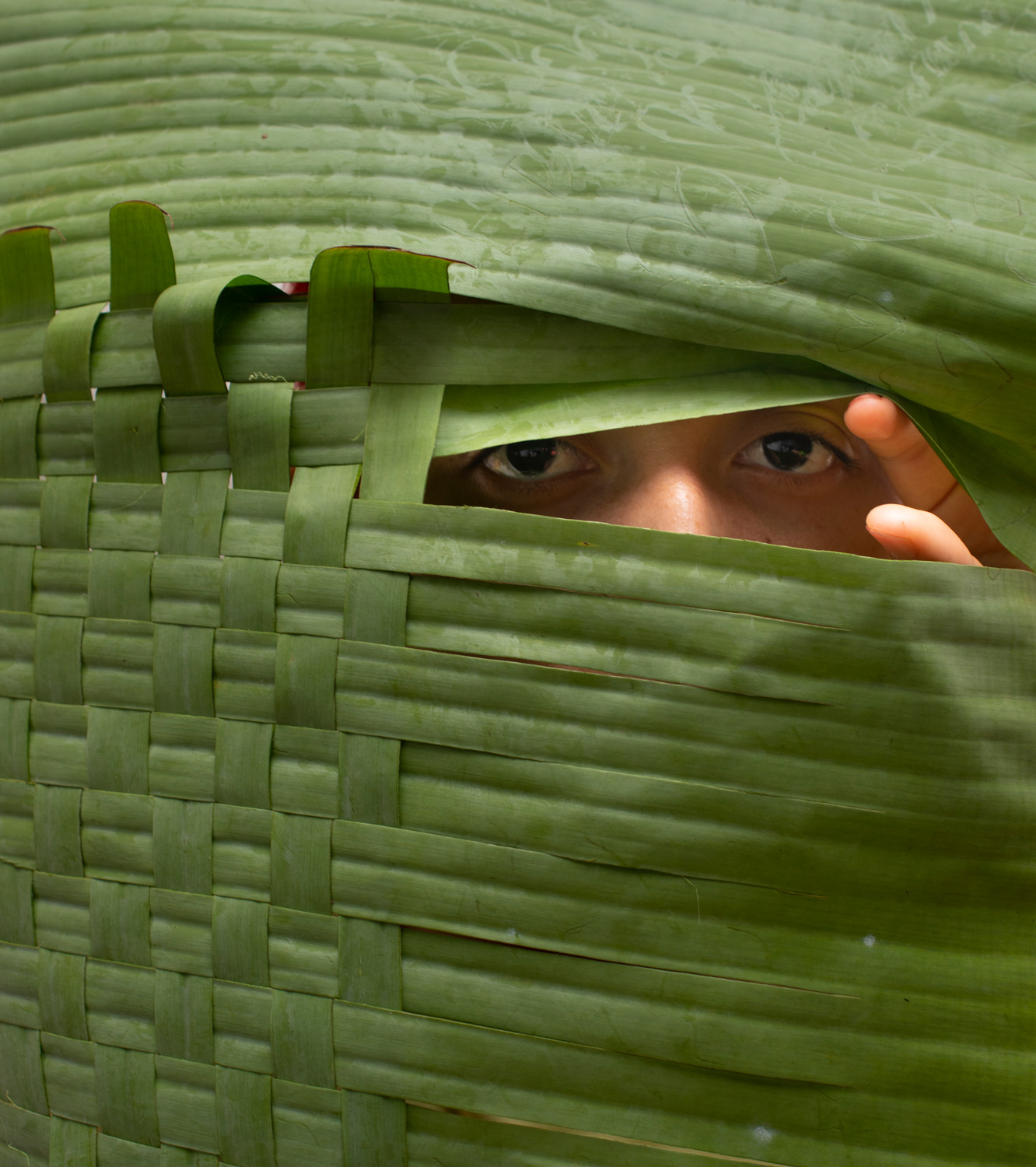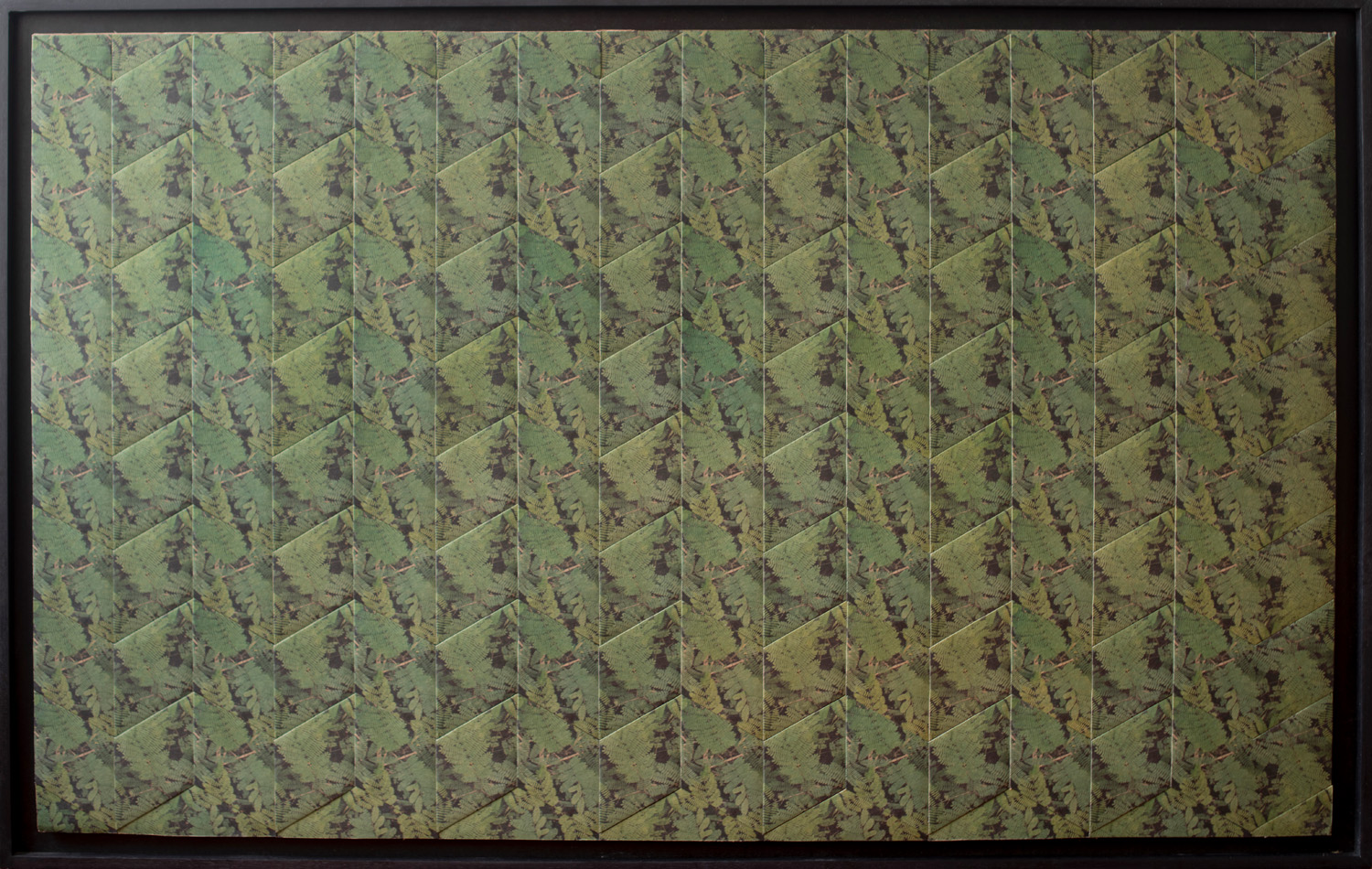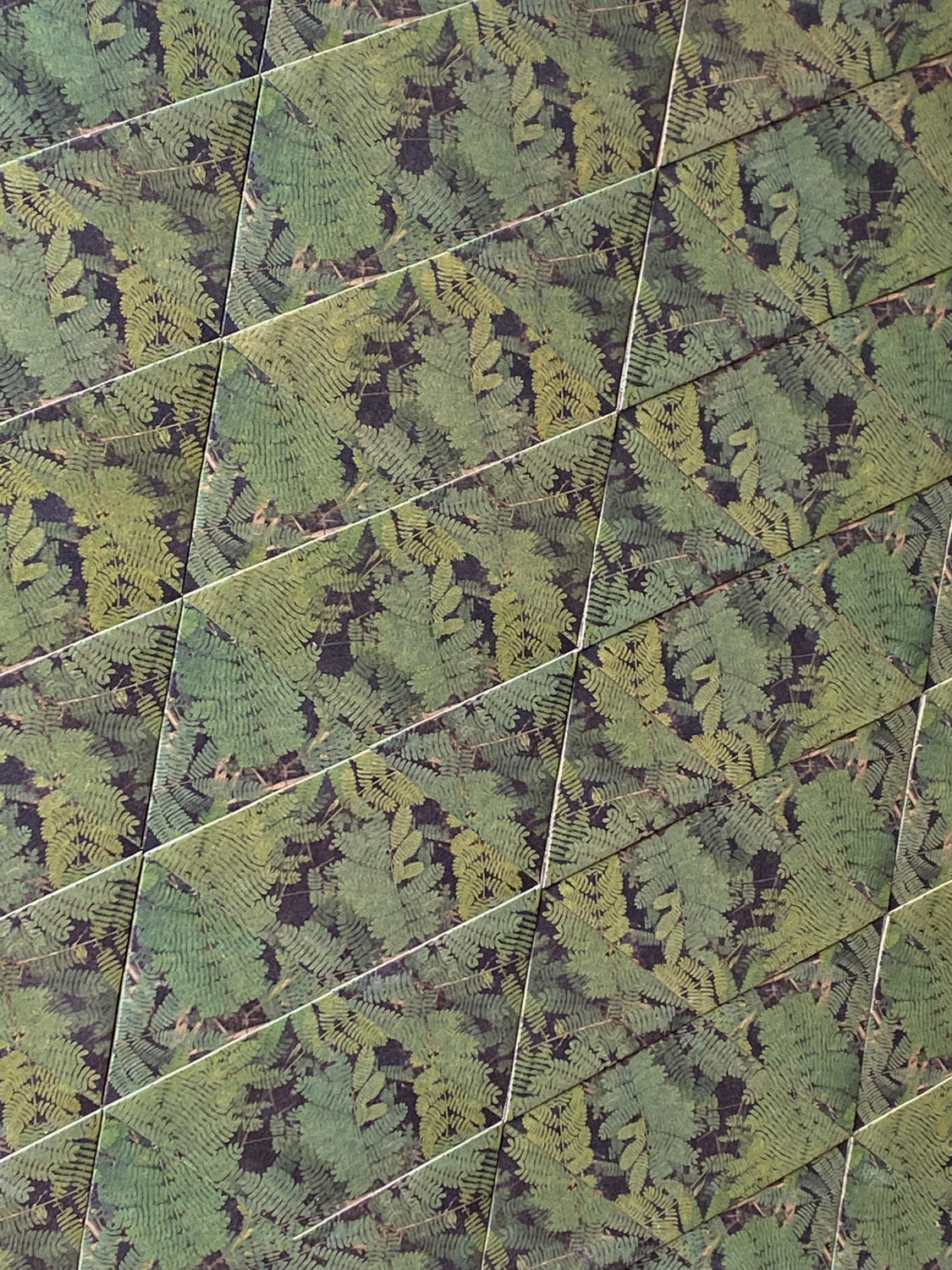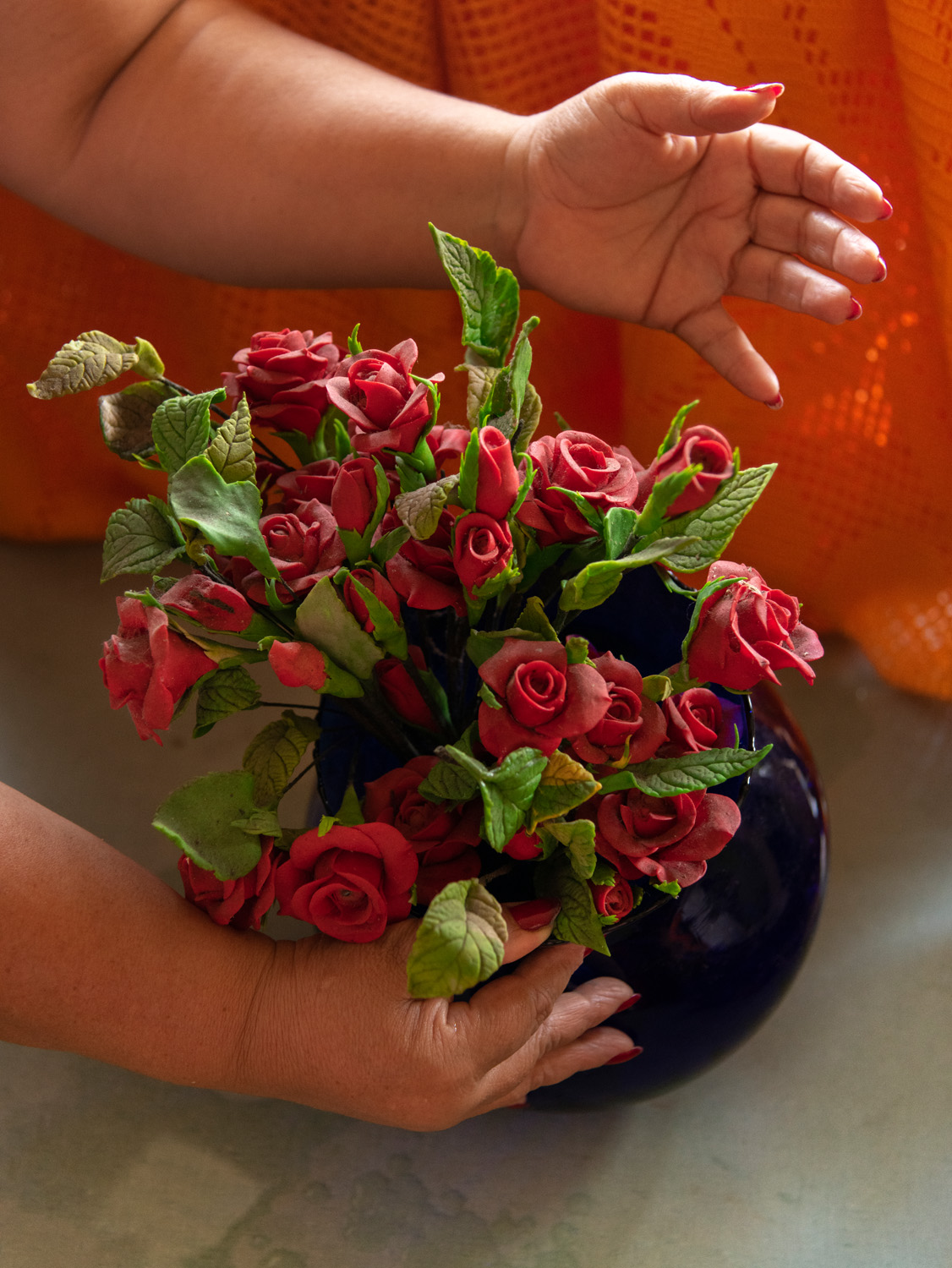Cristina Velásquez's new exhibition at Assembly's brand new brick-and-mortar gallery in Houston extends the Colombian artist's inquiry into the photographic gaze against issues of identity, history, and colonialism through photographs and photographic weavings made with cardboard. The straight, color photographs are purposeful fragments of larger narratives. Drawing the viewer’s attention to the reductive nature of the medium, this work opposes the photograph’s tendency to distill its subject’s intersectional relationship to the world into a single quality—often viewed from a Western perspective—“the sun.” For Velásquez, similar to identity, the function of the photograph is to explore rather than to define. It presents an opportunity for vulnerability, dialogue, and even collaboration. As If It Were the Sun reorients viewers away from a hegemonic view to a more nuanced position. Velásquez’s gestural crops imply that there is always more than what is presented.
Similar to traditional processes, each large-scale weaving is constructed by hand, revealing the presence of the artist’s body in the final object. The source material is re-appropriated paper or cardboard that is removed from its functional context and stripped of its original signifiers. Through detailed acts of labor, Velásquez imprints new meanings on an already-tired material, a process she views as an act of love. The violence and disruption evoked by the gesture of cutting are reconciled with the delicate and tedious effort of weaving, which heals, unites, and reveals new forms of beauty and knowledge.
In times when contemporary art more strongly reflects the conditions and aesthetics of virtual realities, and post-human theories abound, As If It Were the Sun presents a parallel art production that slows time down, appeals to our humanity, and deliberately uses processes that demand affection. The impulse that arises when experiencing a photograph begins in the mind, appealing to memory and the intellect. In the case of the paper weavings, this impulse starts in the body, with the desire to touch. Through this momentum, the viewer engages in an intimate experience of connection. The images and text stop “pointing to” and instead “become.” All the works in As If It Were the Sun become places of enunciation, spaces that are both visible and unseen, where identity rests. They are the path that the gaze travels in search of meaning; weavings that iterate infinitely.
Public Opening: Saturday, July 16 from 11am - 4pm












